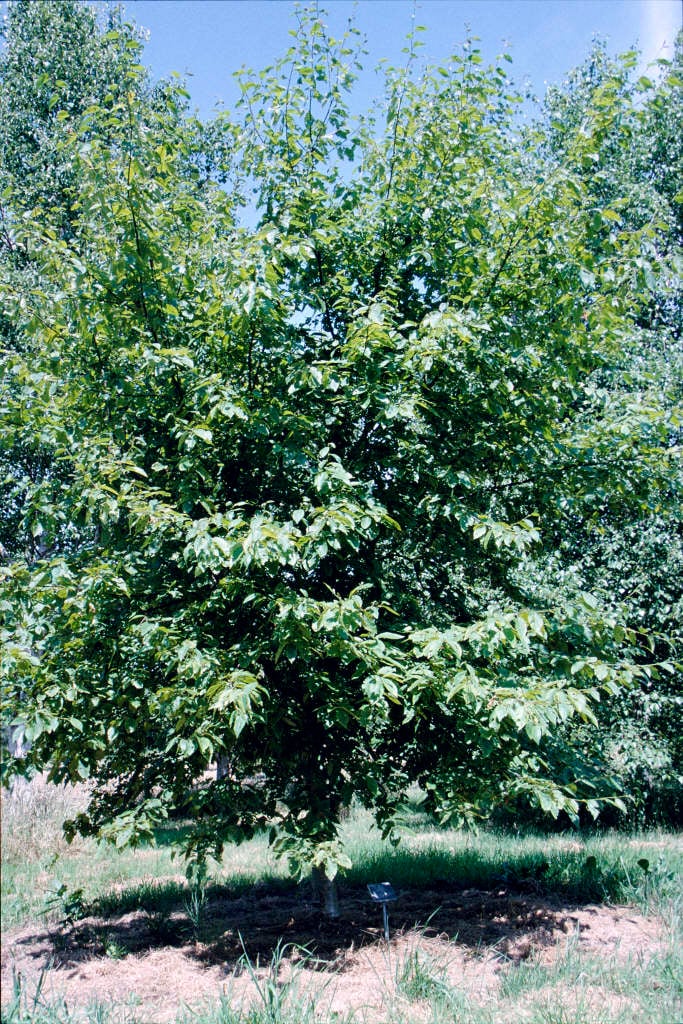Betula alleghaniensis
yellow birch
A slender deciduous tree of conical form, with peeling bark and ovate leaves turning yellow in autumn; pendulous male catkins to 10cm long
Size
Ultimate height
Higher than 12 metresTime to ultimate height
20–50 yearsUltimate spread
4–8 metresGrowing conditions
Moisture
Moist but well–drainedpH
Acid, Alkaline, NeutralColour & scent
| Stem | Flower | Foliage | Fruit | |
| Spring | Brown Yellow | Green | ||
|---|---|---|---|---|
| Summer | Green | |||
| Autumn | Yellow | Brown | ||
| Winter |
Position
- Full sun
- Partial shade
Aspect
South–facing or West–facing or East–facing or North–facing
Exposure
Sheltered Hardiness
H7Botanical details
- Family
- Betulaceae
- Native to GB / Ireland
- No
- Foliage
- Deciduous
- Habit
- Bushy
- Genus
Betula can be deciduous trees or shrubs, usually colouring well in autumn and often with striking white, pink, or peeling brown bark; separate male and female catkins open before or with the leaves in spring
- Name status
Correct
- Plant range
- E North America
How to grow
Cultivation
Grow in moderately fertile, moist but well-drained soil in full sun or partial shade in a sheltered position
Propagation
Root softwood cuttings in summer, or propagate by grafting in winter
Suggested planting locations and garden types
- Architectural
- Cottage and informal garden
- Low Maintenance
Pruning
Pests
May be susceptible to birch borers, leaf-mining sawflies and aphids
Diseases
May be susceptible to honey fungus, a tree rust and powdery mildews
Get involved
The Royal Horticultural Society is the UK’s leading gardening charity. We aim to enrich everyone’s life through plants, and make the UK a greener and more beautiful place.
